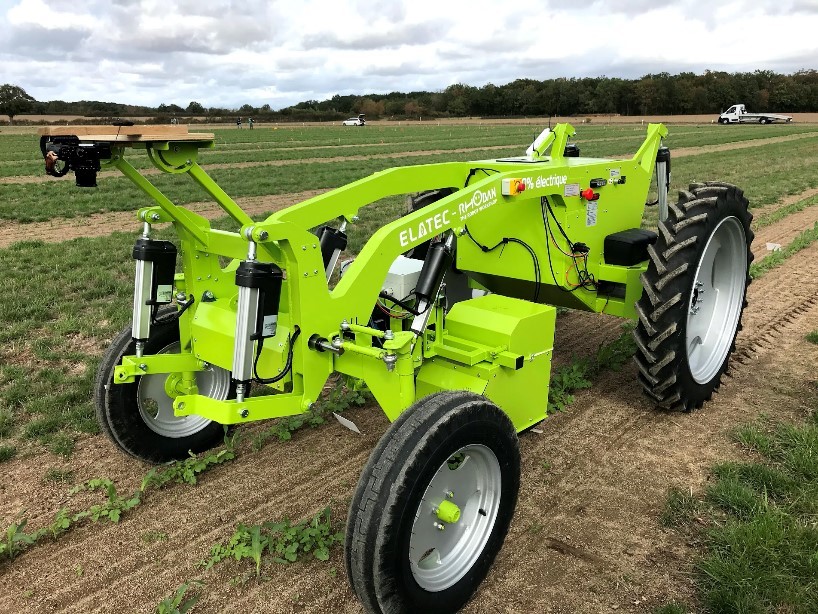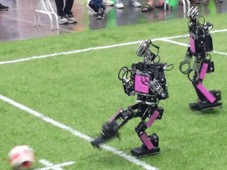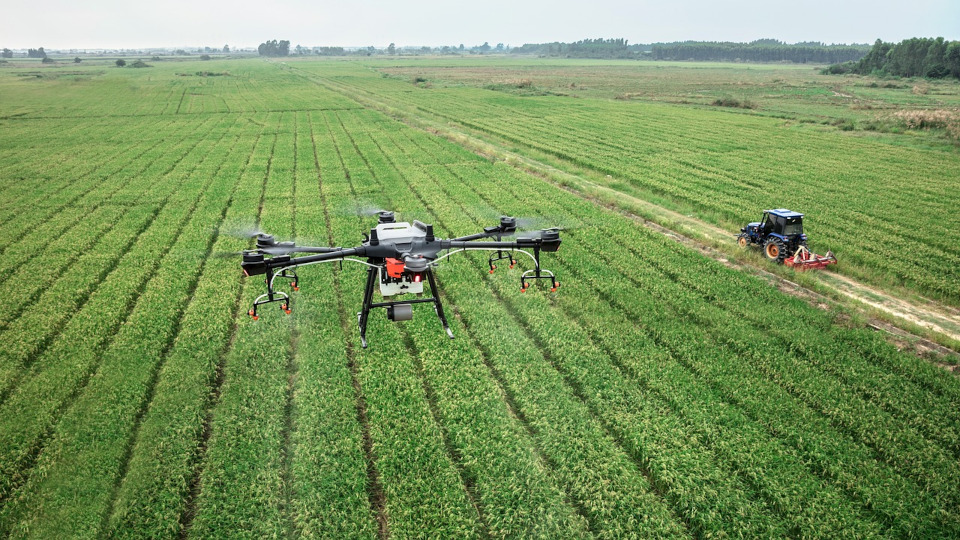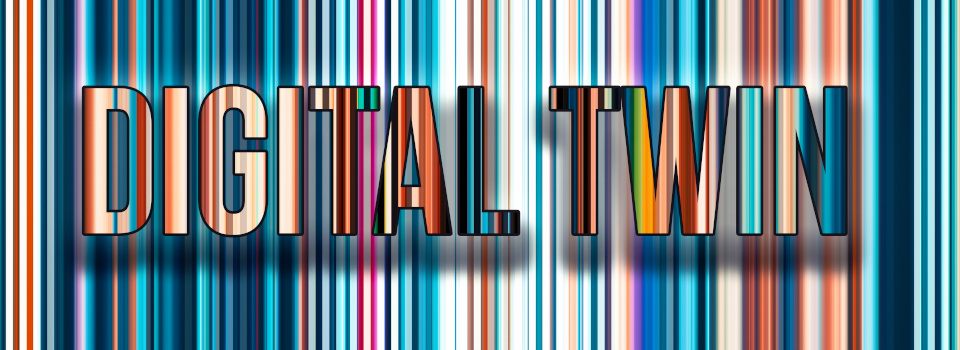WP6 - Field Robotics
Dernière mise à jour :
WP6 is actually composed by 3 application fields, agricultural robots, legged robots, drone swarm and digital twin for online Control and Predictive Maintenance.
Agricultural Robots
Exploration robotics and agricultural robotics are natural application frameworks for ROBSYS in that it is about exposing systems to harsh conditions in extremely changing environments. WP6 is dedicated to the study and development of concrete agricultural robots.
Agricultural Robotics carries a major stake: the potential revolution that these bring regarding pesticide reduction and the (reckless) use of natural resources (energy, ecosystem, water). Agricultural robotics presents an alternative ecological solution because 1) its use in weeding for instance replace the use of chemistry and 2) the precision brought by robotics allows to reduce mass of trucks and thus reduce soil compaction, and so is less aggressive for the biotope. And this even more if we think in a long term view to the use of legged robotics which brings holonomy and a drastic reduction of the footprint.
 Navigation is difficult in open environments (uneven ground, slippery ground, high light, precipitation) and the mechatronic design of the robot has to be improved to reach in a robust way an accuracy of the order of a RTK sensor (+/- 2.5cm) is a challenge. A partial physical model of the robot has already been developed for the E-TRACT Robot in part and can be used as the basis for developing a robust trajectory controller for different conditions and random events. For this, we will benefit from the project methods to develop a robust control of the machine. In particular, the differential torque control available at the rear wheels (differentiated motors) can allow fine and innovative control, especially if it is coupled with predictive terrain modelling based on sensors (notably ruts and nature of the ground). This requires removing several methodological obstacles, and mobilising the resources of engineers.
Navigation is difficult in open environments (uneven ground, slippery ground, high light, precipitation) and the mechatronic design of the robot has to be improved to reach in a robust way an accuracy of the order of a RTK sensor (+/- 2.5cm) is a challenge. A partial physical model of the robot has already been developed for the E-TRACT Robot in part and can be used as the basis for developing a robust trajectory controller for different conditions and random events. For this, we will benefit from the project methods to develop a robust control of the machine. In particular, the differential torque control available at the rear wheels (differentiated motors) can allow fine and innovative control, especially if it is coupled with predictive terrain modelling based on sensors (notably ruts and nature of the ground). This requires removing several methodological obstacles, and mobilising the resources of engineers.
In addition, ROBSYS considers the question of human interaction with the robot (see WP3) and also the coupling with a drone (see. WP6 - Drones Swarms herein). Let us also mention that E-TRACT will be the test robot for work on runtime model checking (see WP1).
Finally, the deployment of autonomous machines in agriculture raises new ethical questions that have to be considered in parallel with the definition of the technologies themselves. For example, the acceptability of these new tools is a sine-qua-non for their development.
Legged Robots
 Discrete contact locomotion (legged robots, bipedal robots) is also an interesting direction to explore when thinking about open environments. Taking into account the complexity of it, such robots will be privileged platforms for application of techniques developed in WP1 Control/ Decision described before.
Discrete contact locomotion (legged robots, bipedal robots) is also an interesting direction to explore when thinking about open environments. Taking into account the complexity of it, such robots will be privileged platforms for application of techniques developed in WP1 Control/ Decision described before.
The footprint of legged robots is very limited compared to wheeled or crawler robots (and so more respectful for the environment). Also, they are naturally holonomous. The objective in under 4 years is to provide Ultraban (our humanoid robot of human size) with robust locomotion in uneven terrain. In the longer term (8 years), Ultraban will reach the objective of E-Tract in assisting the user in agricultural tasks. Several current studies on microfarms (e.g. Bec Helloin organic farm) are developing a new ecological and ultra intensive cultivation method, based on the coexistence of various types of plants in extremely tight spaces. This forbids the use of large machines. In such organisations, the use of legged robots is useful because of their light nature and their very limited footprint on the ground.
Ultraban is a humanoid robot of size similar to humans (140cm) under development in the LaBRI in collaboration with IMS (Crone team). It follows several generations of humanoid robots developed at LaBRI (SigmaBan). The whole expertise (scientific and technologic) needed to design such devices only is mastered by a (very) few groups. Around the world, only a few walking prototypes are operational (like e.g. Asimo, Atlas, Valkyrie, HRP-*, Pyrène, Hubo). And far less are able to walk on rough terrain (Atlas). Let us mention that the team has expertise of years in the design of humanoid robots. This expertise has been built by many participations in RoboCup, the world championship of autonomous robotics (team Rhoban has been 4 times world-champion in the humanoid robot soccer league in 2016, 2017, 2018 and 2019). More than competition, this experience emphasised the reliability of prototypes in a hostile uneven environment.
(Heterogeneous) Drones Swarm
 In such an organisation, the use of drones is evident for gathering information and monitoring crops. In this perspective we work on the robustification of their movement in such an environment, as well as the terrestrial mobile robot / drones link.
In such an organisation, the use of drones is evident for gathering information and monitoring crops. In this perspective we work on the robustification of their movement in such an environment, as well as the terrestrial mobile robot / drones link.
We have built a proof of concept prototype, the use case of which consists in cleaning a green park by means of autonomous aerial and ground robots. It has already been demonstrated in collaboration with Bordeaux Metropole. The objective under 4 years is to make it even more robust (totally resilient to the loss of any member of the swarm and to the loss of messages used to collaborate). We have a similar project consisting in coupling the Agricultural Robot E-TRACT with a (or several) drones aiming at exploring and collecting data. Landing and take off of the drone will be directly on the robot (in collaboration with XLIM ReMix team).
Digital Twin for online Control and Predictive Maintenance
 The aim of this part is to develop Industrie 4.0 techniques in the area of field (mobile) robots. Curative maintenance of autonomous systems is not the optimal solution because a trip to the site to repair/replace the system will cause great stress and intervention time. In order to optimise the management (range of use, predictive maintenance, etc.), we propose to create real individual avatars of each systems by integrating its manufacturing defects and its incidents in service in a digital twin. This avatar will allow all incidents/accidents to be taken into account and thus individualise the maintenance in order to optimise the management of the herd.
The aim of this part is to develop Industrie 4.0 techniques in the area of field (mobile) robots. Curative maintenance of autonomous systems is not the optimal solution because a trip to the site to repair/replace the system will cause great stress and intervention time. In order to optimise the management (range of use, predictive maintenance, etc.), we propose to create real individual avatars of each systems by integrating its manufacturing defects and its incidents in service in a digital twin. This avatar will allow all incidents/accidents to be taken into account and thus individualise the maintenance in order to optimise the management of the herd.
The creation of these avatars requires responding to several challenges: the recovery and storage of data during production and use of the system, the use of this data to create behavioural laws and models of failure as closely as possible of the life of robots.
Teams Involved
LABRI DART / IMS CRONE / IMS MOTIVE / IRDAP / IRGO

